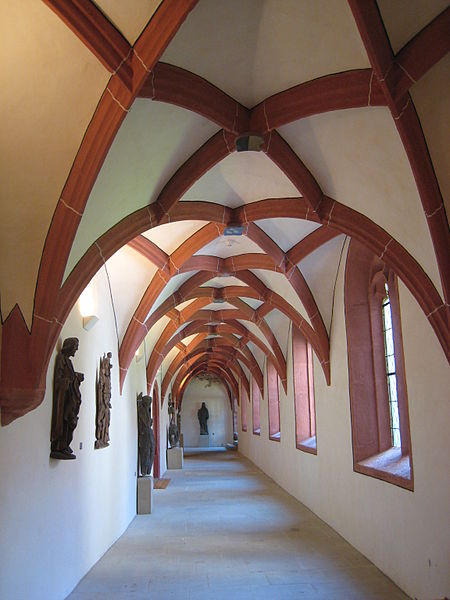Museum im Kloster, Saalfeld


Facts and practical information
The Franciscan monastery of Saalfeld, also known as the Barfüßerkloster, in Saalfeld/Saale existed from about 1250 to 1534.
Around 1250, brothers of the Franciscan Order, which was founded in 1210, founded a convent in Saalfeld. They were supported by the Counts of Orlamünde and Schwarzburg. The monastery, which was part of the Saxon Franciscan Province, was first mentioned in a document on June 16, 1265. A church built in 1293 in the style of a mendicant church and bearing the patrocinium of St. Andrew the Apostle belonged to the monastery. The complex was destroyed in a fire in 1432, but was immediately rebuilt. Landgrave Wilhelm III. Duke of Saxony, endeavored in 1460 to introduce observance and thus stricter adherence to the rules of the order in the Saalfeld monastery, as in the convents in Eisenach, Langensalza and Weimar, but this was not permanently successful in Saalfeld.
As a result of the Reformation, the Franciscans had to leave the monastery and town in 1534. Five brothers were able to remain in Saalfeld and received a lifelong maintenance payment. The church building initially continued to be used as a Lutheran place of worship and received a baroque ceiling design by the Gotha court painter Johann Heinrich Ritter in 1724; later the building served profane purposes. A Latin school was established in the monastery building, which existed until 1914. Since 1999, it has exclusively housed the Saalfeld City Museum in the Franciscan monastery, which was initially established in 1904 in a small part of the cloister.
Museum im Kloster – popular in the area (distance from the attraction)
Nearby attractions include: Feengrotten, Schloss Saalfeld, Hoher Schwarm, Schlösschen Kitzerstein.








